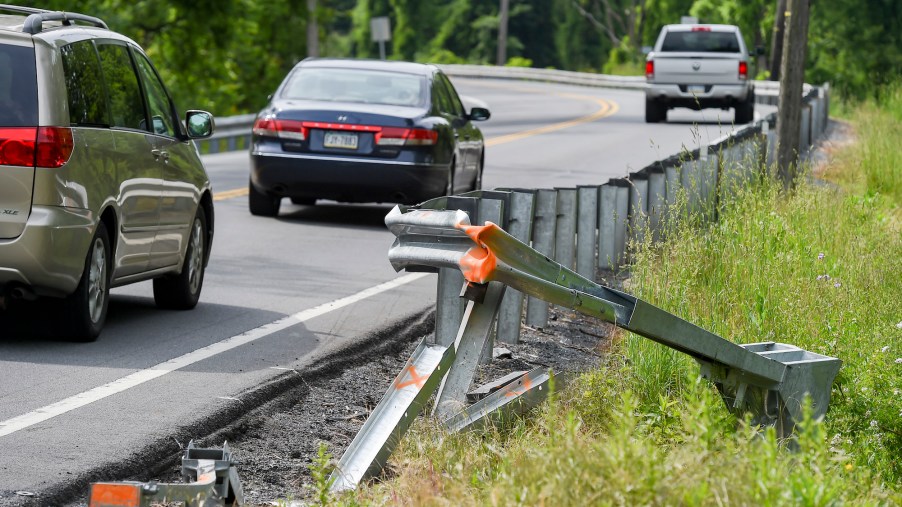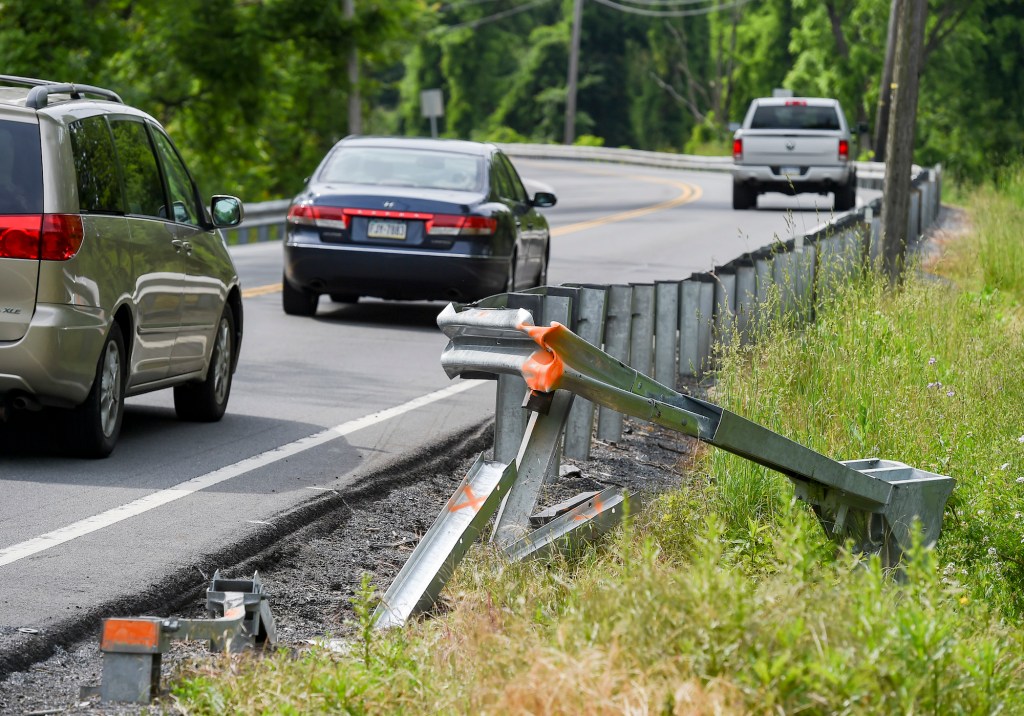
How Does Carfax Know If a Vehicle Has Had an Accident?
Carfax has become a reliable source for ranking vehicles and helping consumers with car shopping. But it also continues a long history of reporting accident and damage history. Carfax vehicle history reports have become the industry standard for ensuring everything is on the up-and-up with used cars. This web-based service helps break down the information barrier between a dealership and a buyer, putting everyone on the same negotiation level.
But does a Carfax report really include everything in a vehicle’s history? And how does Carfax know if a vehicle was in an accident?
Getting a vehicle’s history through Carfax

Carfax grew in popularity in the late 2000s as the “Car Fox” TV campaign began: “Not Car Fox — Carfax!” Inexplicably, the Carfax Car Fox leaped into the mainstream and helped car shoppers realize they could access most of the same data that dealerships could.
But Carfax actually existed long before that ad campaign. Founded in the mid-1980s, the web-based service worked to combat the odometer fraud that’s largely been eradicated as manufacturers moved forward with technology.
And as internet access grew, Carfax positioned itself as the go-to source for a vehicle’s honest history. The relationship between buyers and dealers has always been somewhat combative. Having a neutral third party as a source of truth goes a long way toward reassuring consumers they’re getting what they pay for.
How does Carfax find out about accidents?
According to Carfax, the service gets its data from various sources. They include motor vehicle agencies in the U.S. and Canada, auctions, repair facilities, insurance companies, body shops, recyclers, fleet and rental companies, fire departments, law enforcement agencies, import/export companies, and dealerships and manufacturers. It’s likely that if an accident was reported to anyone — or damage repaired — Carfax is aware of it, and you’ll find the data in vehicle history reports.
Not only does Carfax maintain a history of accidents on a vehicle, but it also tracks service and ownership history. Two vehicles with similar make/model years and mileage could command very different prices if one is on its fifth owner and had four accidents, even if the two cars appear similar. Reading through the data will help buyers avoid purchasing a lemon at a non-lemon price.
How the service helps post-accident car buyers
With today’s standards of repair and detailing, an accident doesn’t have to be the end of a car’s road life. But if you’re thinking of purchasing a post-accident vehicle, it’s critical to know exactly what kind of damage it sustained. Though cars that have been in an accident typically cost less (an average of $500 across the board), repairs aren’t always enough to make it new again. Each vehicle requires the buyer to make an informed decision about what corners they’re willing to cut for the price, and that’s where the Carfax report comes in handy.
There’s no magic signal that relays data from the scene of an accident to Carfax (yet). Still, thanks to close work with various sources, the company can usually get a relatively clear idea of what has happened and update the vehicle history accordingly.
As new companies, like Carvana, enter the auto sales game, Carfax works alongside them to streamline the information delivery process and ensure buyers know what they’re getting. The age of dealerships holding all the cards is over, and consumers can now access most of the same information thanks to Carfax’s myriad sources.


